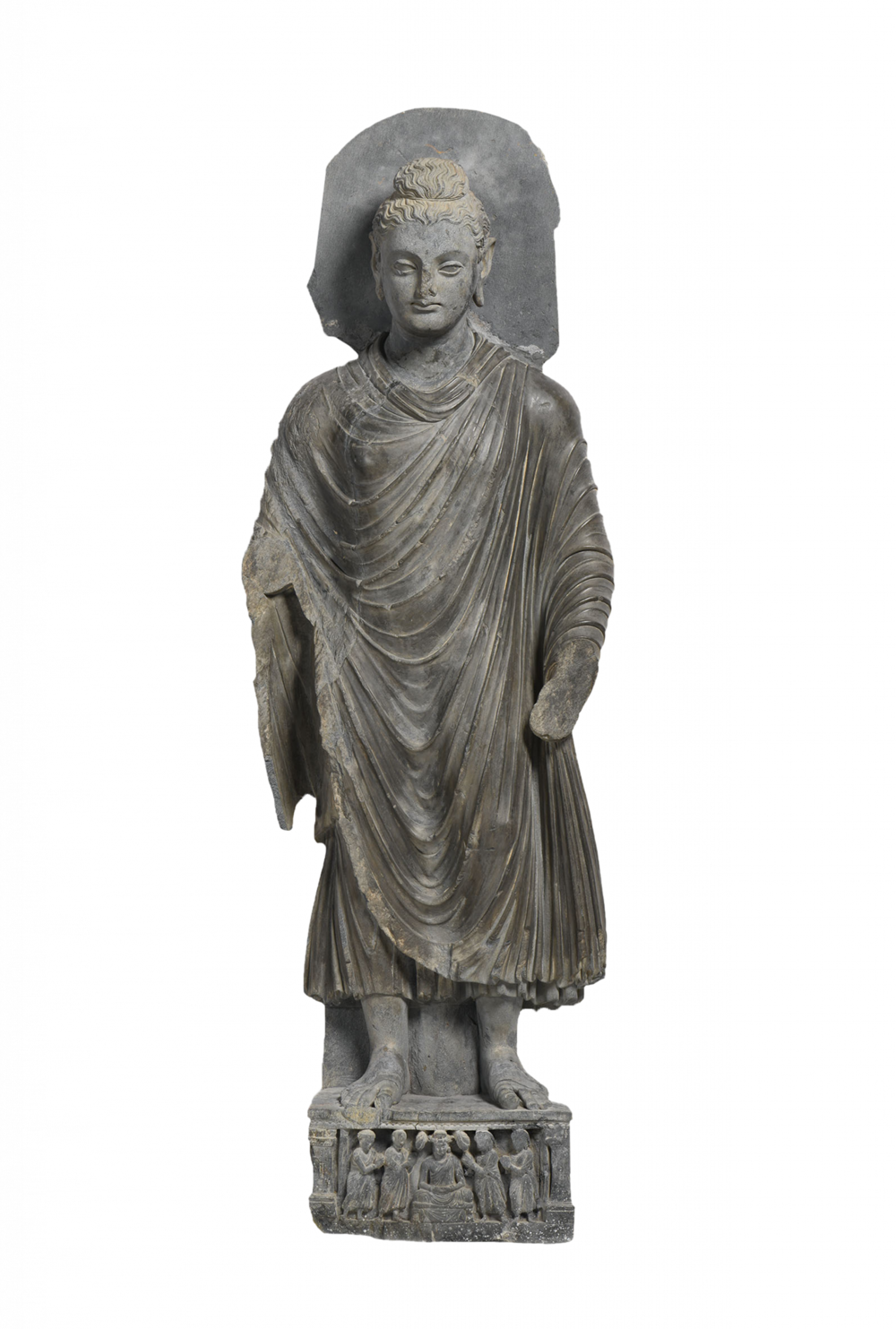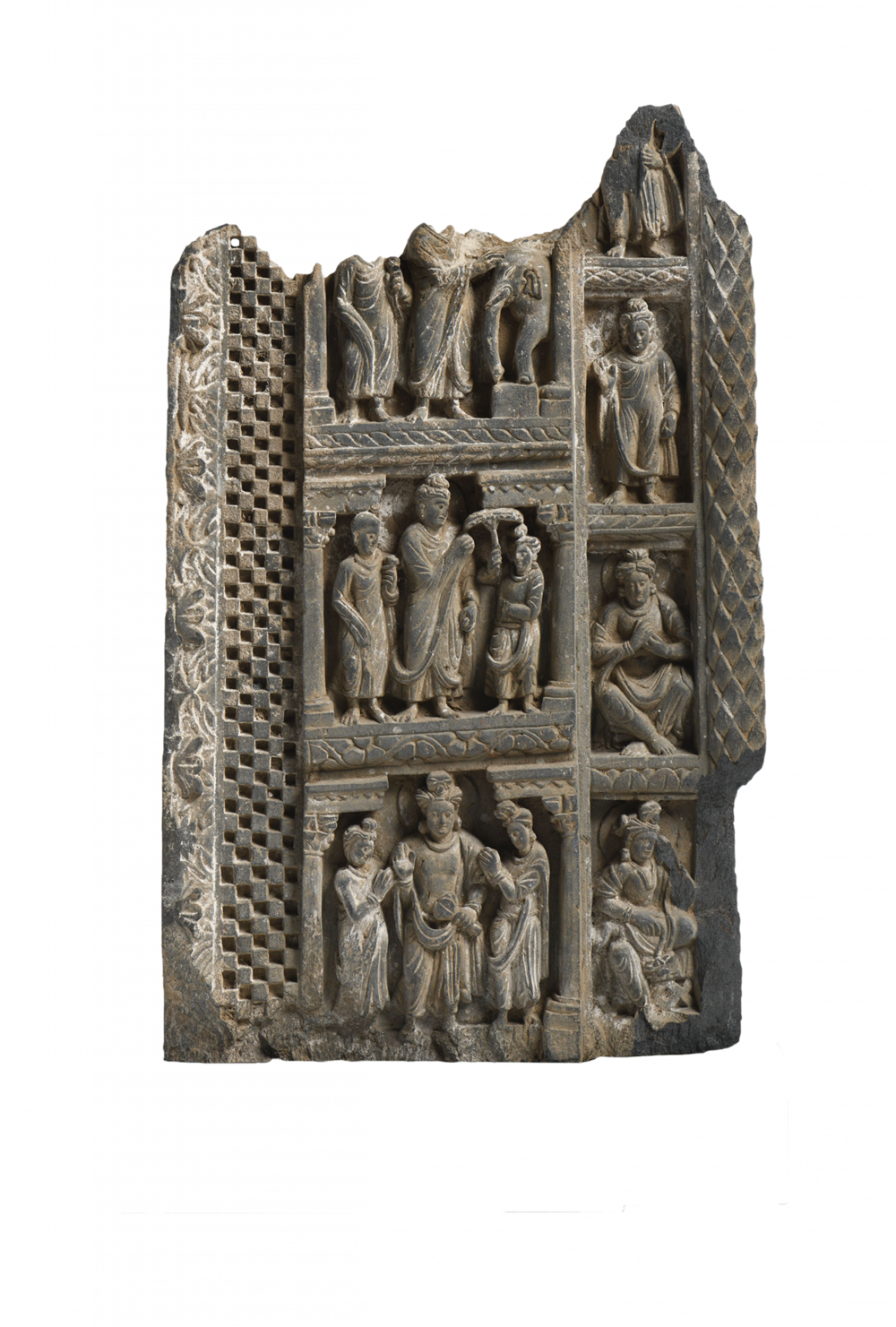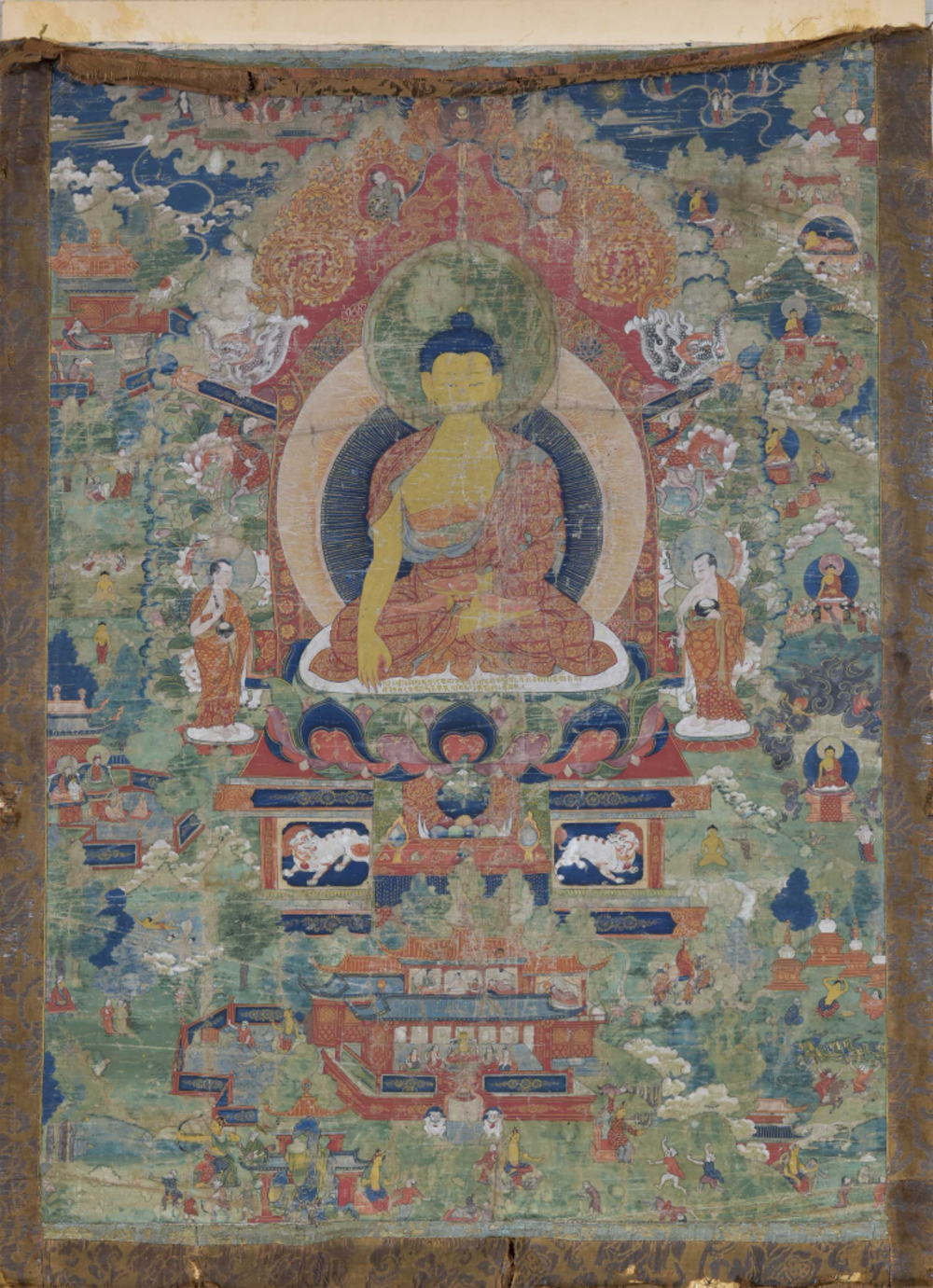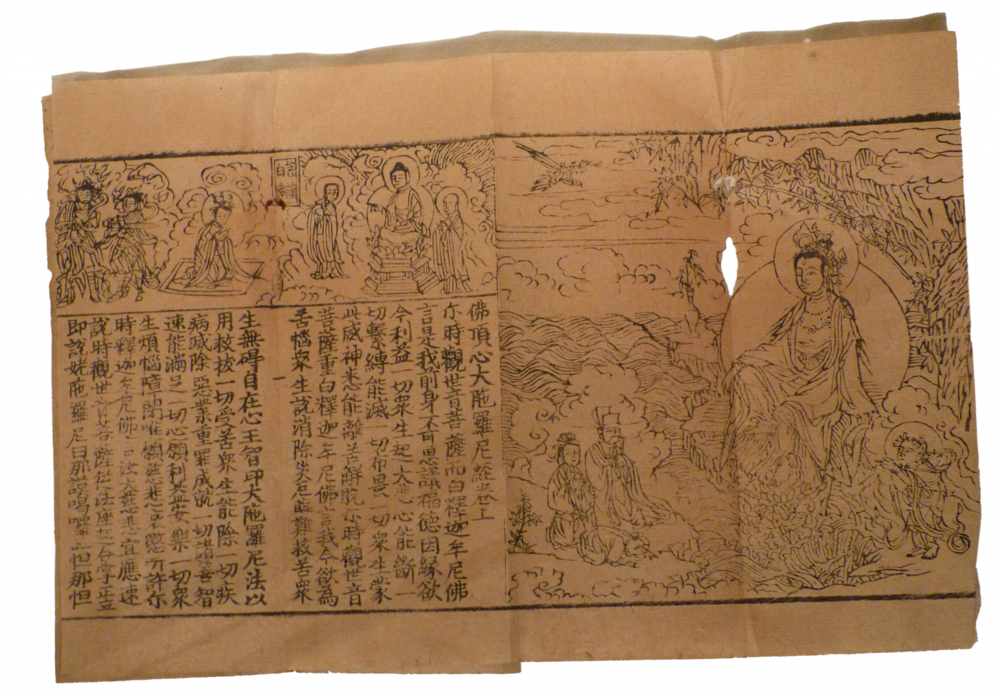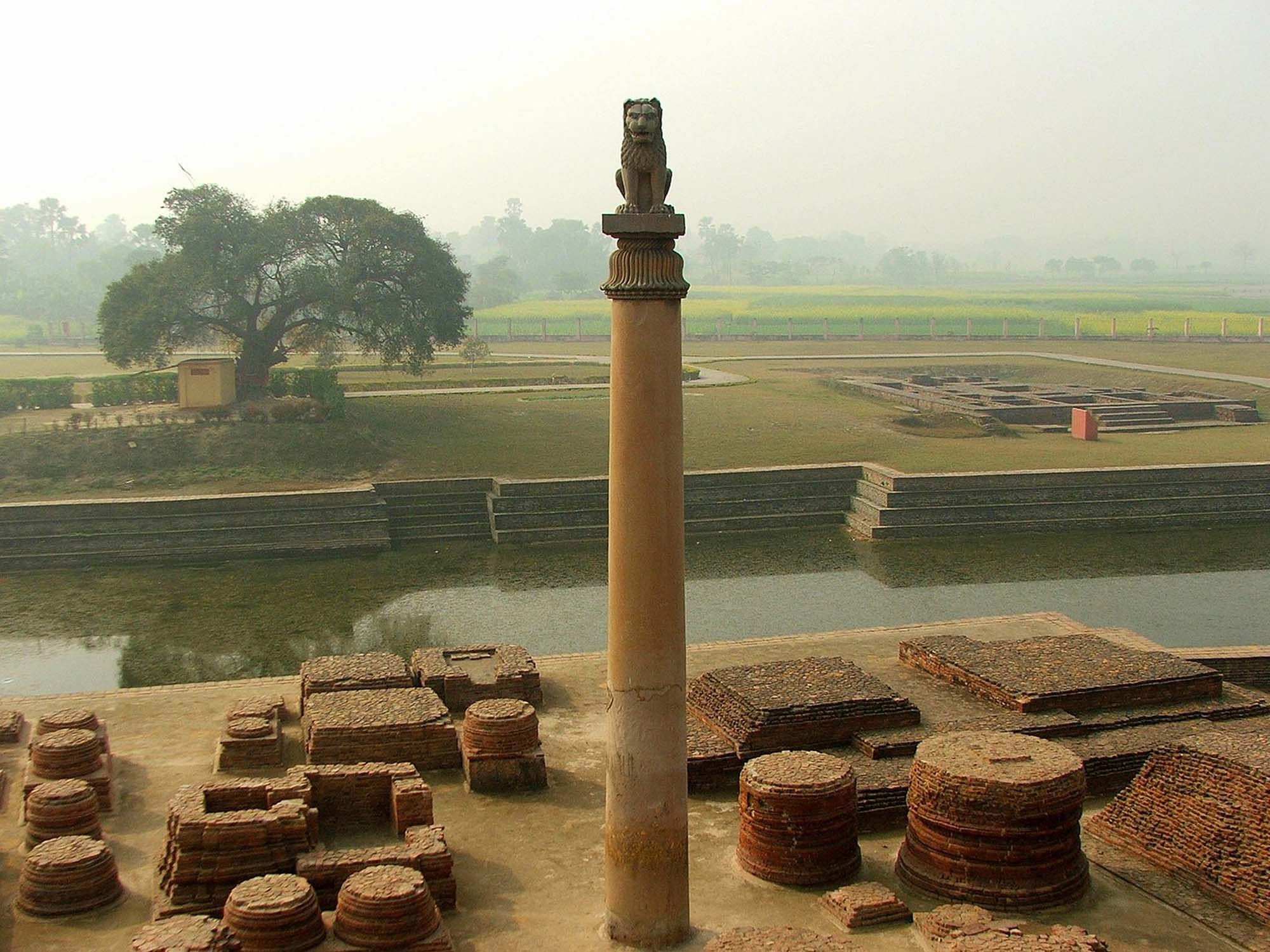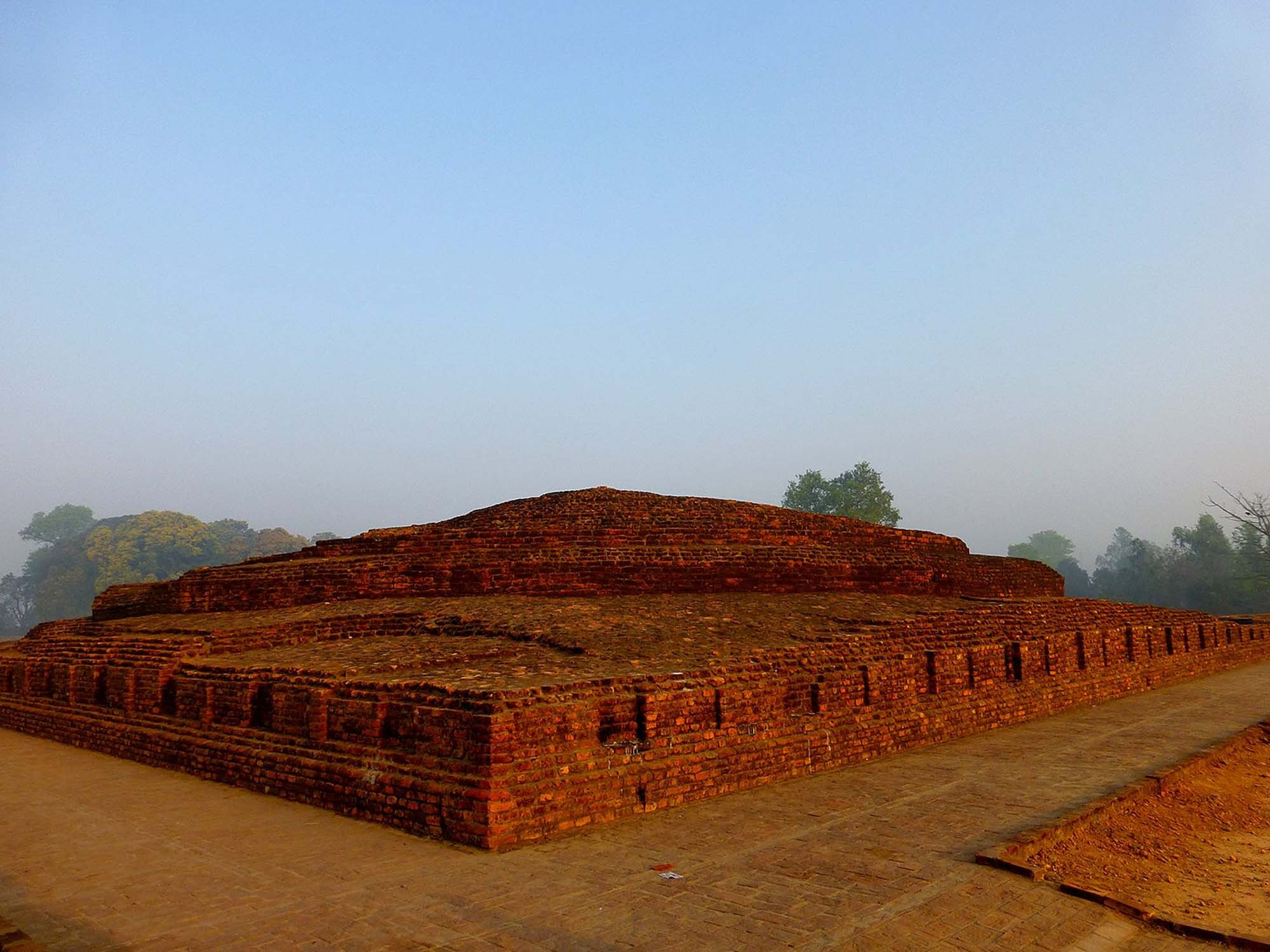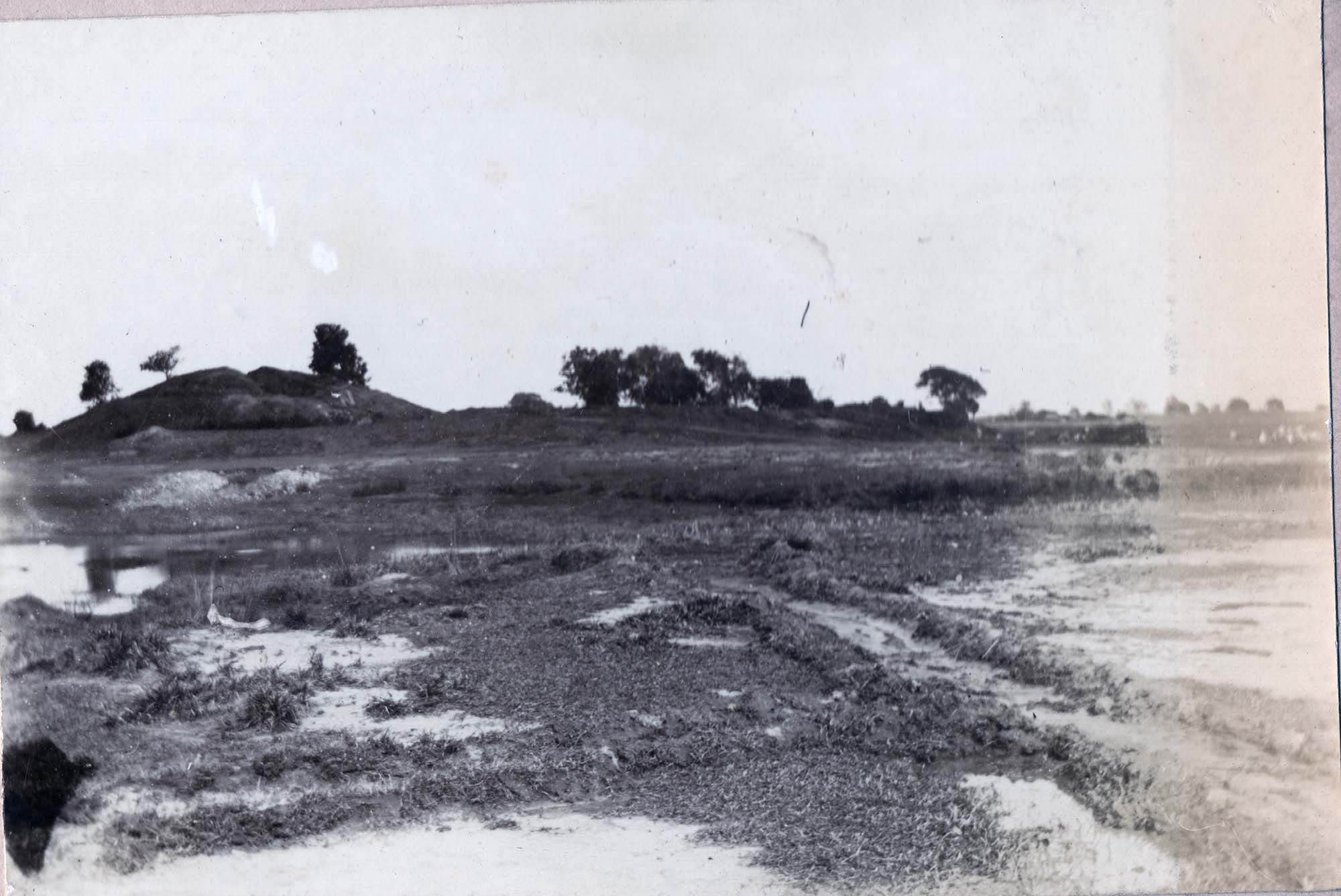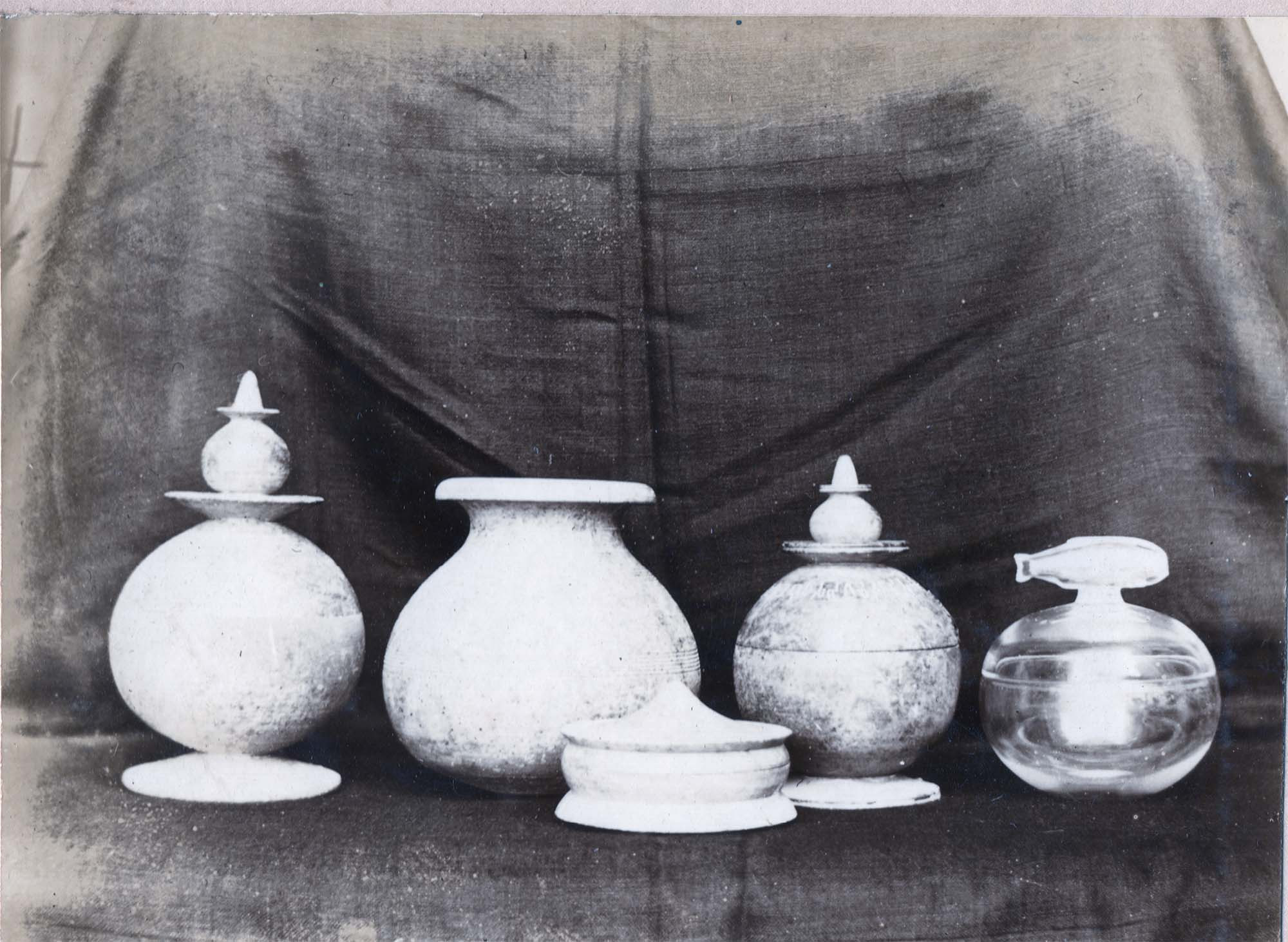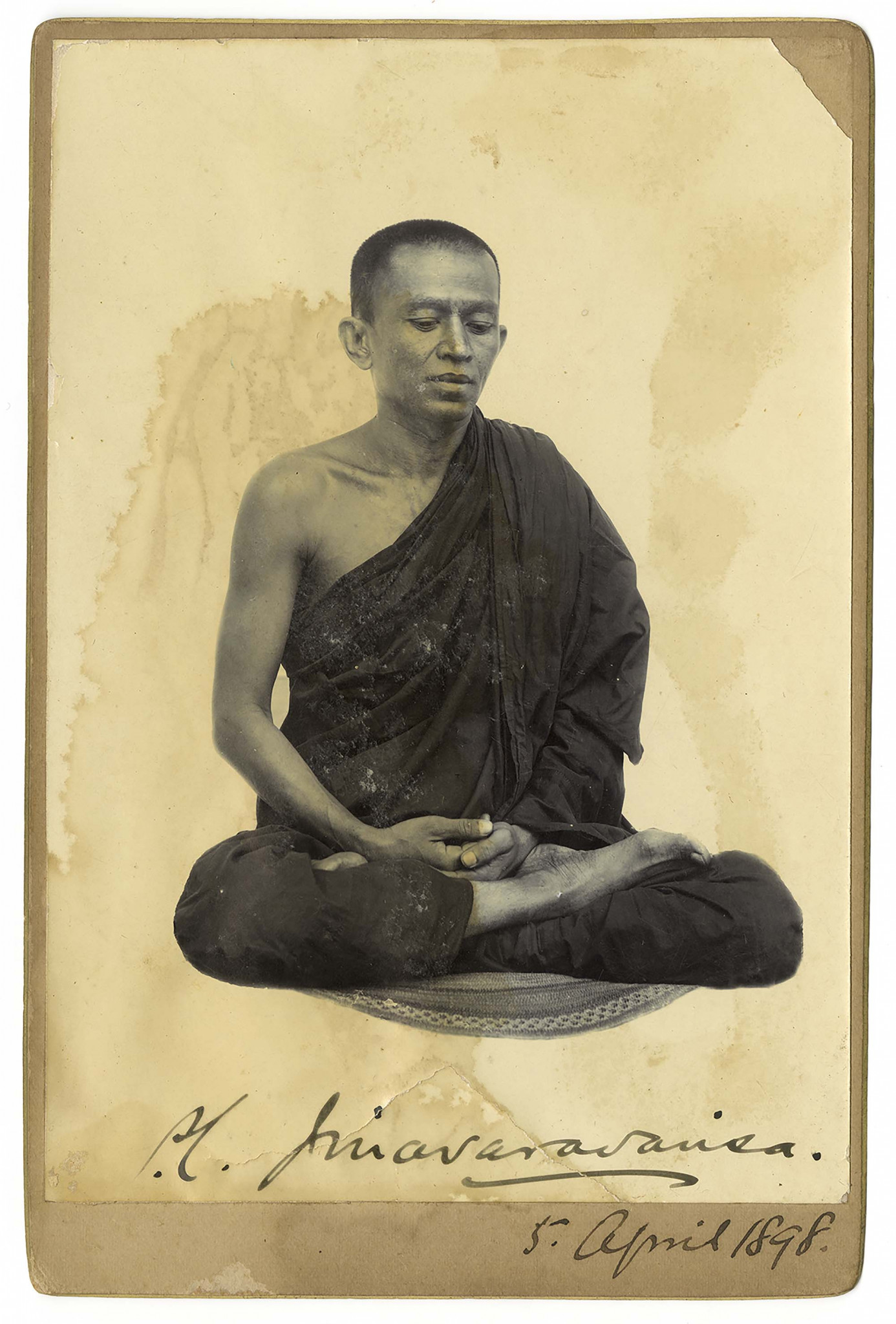Buddha Shakyamuni is considered to be the founder of the Buddhist teachings. He is also referred to as the “historical Buddha”. This is because Buddha Shakyamuni is said to have been active in our world many centuries ago. Whether he actually ever existed or not remains unclear.
In this story you get to know when the first narratives about the Buddha began to emerge and what kind of archaeological finds point to his actual existence.
